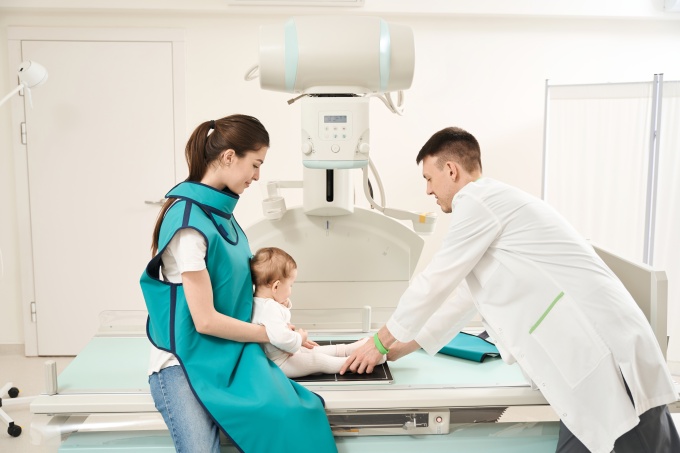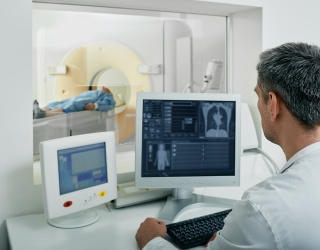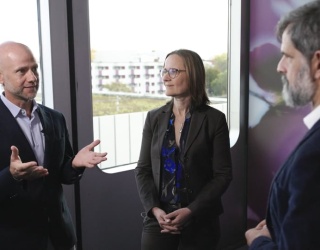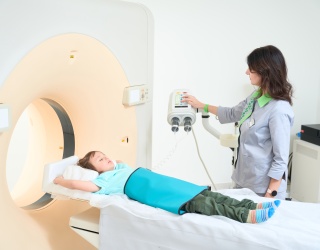Market Outlook
The global pediatric imaging market is forecast to grow from US$8.7 billion in 2024 to US$18.1 billion in 2034. This represents a compound annual growth rate (CAGR) of 7.7% from 2025 to 2034. Growth is driven by technological innovation and rising demand for child-focused diagnostic imaging.

Key Drivers of Growth
1. Rising Prevalence of Pediatric Diseases
The increasing incidence of congenital disorders, pediatric cancers, neurological conditions, and infectious diseases is a major contributor to market expansion. In pediatric care, early and accurate diagnosis is critical, as treatment outcomes are often time-sensitive. Imaging modalities such as MRI, ultrasound, and CT play an essential role in detecting and monitoring these conditions.
2. Advances in Imaging Technologies
Recent developments are improving both diagnostic precision and patient safety:
- Low-dose imaging systems to minimize radiation exposure
- AI-powered diagnostic tools that enhance accuracy and streamline workflows
- Portable imaging equipment expanding access to diagnostic services in underserved areas
3. Greater Awareness and Accessibility
Increased awareness among parents and clinicians about the benefits of early diagnosis is boosting imaging volumes. Additional factors include:
- Government health initiatives expanding access to pediatric healthcare services
- Infrastructure development in emerging markets is enabling more facilities to offer specialized pediatric imaging.
Ongoing Challenges
While the outlook is positive, the market faces some challenges:
- Radiation exposure risks: CT scans and other imaging modalities can pose long-term risks for children, prompting adoption of radiation-free or low-dose imaging alternatives
- High equipment costs: The investment required for modern imaging systems can limit adoption in resource-constrained and rural areas.
Outlook for the Next Decade
The pediatric imaging market is expected to maintain steady growth as manufacturers, healthcare providers, and policymakers work to improve safety, affordability, and accessibility. Continued innovation and policy support will be essential to ensure timely and effective diagnostic imaging for children worldwide.
Source: Global Market Insights









